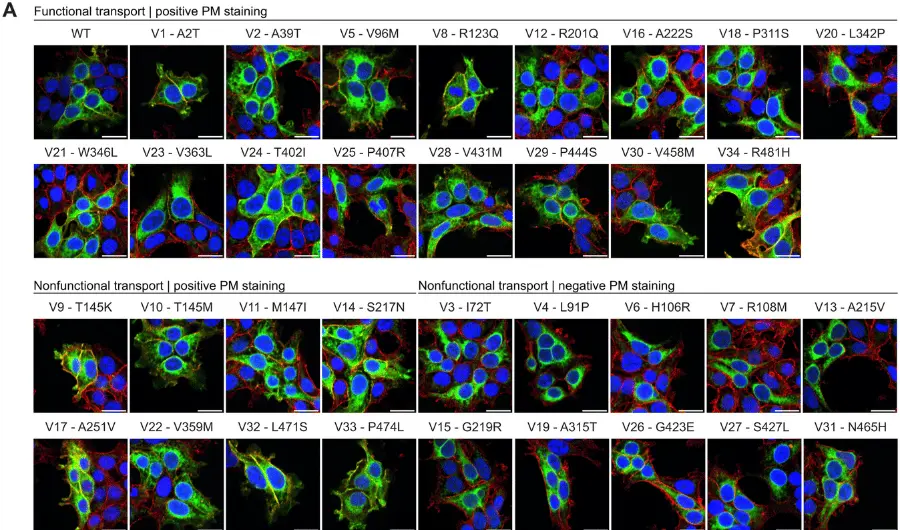Study: Clinical and Electrocorticographic Response to Antiepileptic Drugs in Patients Treated with Responsive Stimulation
April 29, 2018
CONCLUSIONS: Significant quantitative changes in ECoG data recorded by the RNS System were observed in patients who experienced an additional clinical response to a new AED. While there was variability across patients in the changes observed, the results suggest that quantitative ECoG data may provide useful information when assessing whether a patient may have a favorable clinical response to an AED.
OBJECTIVE: The objective of this study was to explore whether chronic electrocorticographic (ECoG) data recorded by a responsive neurostimulation system could be used to assess clinical responses to antiepileptic drugs (AEDs).
METHODS: Antiepileptic drugs initiated and maintained for ?3?months by patients participating in clinical trials of the RNS® System were identified. Such “AED Starts” that produced an additional ?50% reduction in patient-reported clinical seizure frequency were categorized as clinically beneficial, and the remaining as not beneficial. Electrocorticographic features recorded by the RNS® Neurostimulator were analyzed during three periods: 3?months before the AED Start, first month after the AED Start, and the first 3?months after the AED Start.
RESULTS: The most commonly added medications were clobazam (n?=?41), lacosamide (n?=?96), levetiracetam (n?=?31), and pregabalin (n?=?25). Across all four medications, there were sufficient clinical data for 193 AED Starts to be included in the analyses, and 59 AED Starts were considered clinically beneficial. The proportion of AED Starts that qualified as clinically beneficial was higher for clobazam (53.7%) and levetiracetam (51.6%) than for lacosamide (18.8%) and pregabalin (12%). Across all AED Starts for which RNS ECoG detection settings were held constant, the clinically beneficial AED Starts were associated with a significantly greater reduction in the detection of epileptiform activity (p?<?0.001) at 1 (n?=?33) and 3?months (n?=?30) compared with AED Starts that were not beneficial at 1 (n?=?71) and 3?months (n?=?60). Furthermore, there was a significant reduction in interictal spike rate and spectral power (1-125?Hz) associated with a clinically beneficial response to an AED Start at 1 (n?=?32) and 3?months (n?=?35) (p?<?0.001). These reductions were not observed at either 1 (n?=?59) or 3?months (n?=?60) for AED Starts that were not clinically beneficial.







